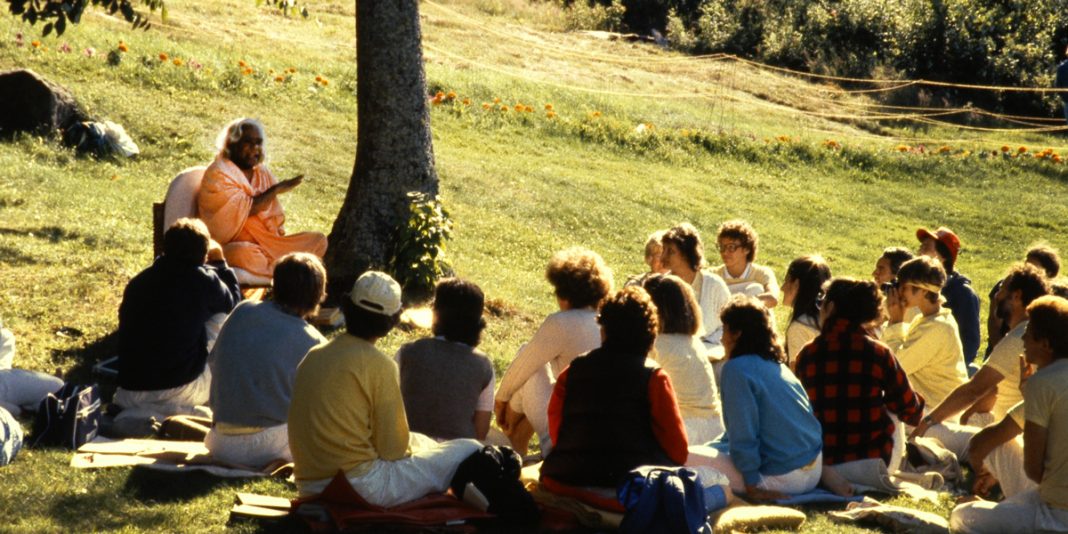Sivananda Yoga Vedanta Ashrams & Centres is a classical yoga gurukula with decades of experiential teachings and a robust lineage associated with it. The teachings at the ashram have been passed down by our gurus Swami Sivananda and Swami Vishnudevananda. Over the years, the Sivananda Organisation has brought together a community of like-minded people who have learnt and now practice these teachings based on a set of yogic and vedantic principles. The yoga followed at the ashrams is an amalgamation of the four traditional paths of yoga including Raja Yoga, Jnana Yoga, Karma Yoga, and Bhakti Yoga, and learning to live yoga as a way of life deeply rooted in spiritual essence and harmony of body, mind, and spirit.
However, as the field of yoga has seen a global transformation, with new perspectives joining the depths of traditional understanding, yoga has gradually been regarded more as a science in last few years. Today, yoga is seen as a traditional art and most potent science of health and self-transformation, and there is more research to prove how yoga is the most potent art form to bring about physiological, neurological, biochemical, and physical changes in body and mind.
Amidst this growth of yoga in the modern era, the concept of the traditional lineage still holds an importance and being associated with a lineage is an important approach to grow your yoga practice. Here are some thoughts on the importance of lineage in yoga:
- Yoga is not a new science, it has a more than 2000-year-old history, way before modern science came into being. Back then, even without a concept of science, the saints and great seers devised this art form that was so precise in its practice that today the efficacy of these practices is being studied and proven. It is with a deep sense of dedication and practice of the ancient teachings that these lineages came about and thus hold the subtle secrets to practicing yoga the best way using body as a tool to walk the path of spiritual journey. Such traditions and lineages are the core of modern-day yoga and cannot be separated from its origin.
- Lineage comes with the traditional way of passing on knowledge directly from the guru to shishya. This guru-shishya parampara is considered an important methodology to learn the intricate techniques of subtle yoga practices which cannot be directly learnt by simply reading books or following the scientific principles of anatomy, physiology, or biomechanics. However, when this traditional knowledge from a lineage is co-joined with scientific methodology, yoga emerges as a powerful tool for human health.
- Yoga, one of the greatest treasures of the Indian culture has always thrived on guru-shishya Parampara, a system where these valuable teachings have been passed down over generations from teacher to student. In the process, many experiences, perspectives, approaches, methodologies, and learnings have emerged as a treasure of valuable knowledge with real-life value associated to it. Such experiences of an ongoing yoga lineage cannot be underestimated.
- Most yoga lineages have a strong focus on working with prana (life force) and raising the level of consciousness with all their yogic practices. Prana is the subtle force that fuels our mental and emotional sheaths. Through asanas or physical postures, the mental and emotional bodies are harmonised. This is a missing aspect in modern Yogic concepts. However, the understanding of the science of movement is where modern yoga science has made an impact. Again, when lineage and science joins, it becomes a perfect practice for body and mind.
- Yoga traditions have evolved as a result of sadhana or spiritual training performed by the saints and gurus and the lineage comes as a living testimony of the experiences of its practitioners. What gets passed on by a lineage is the living proof of experiential learning.

